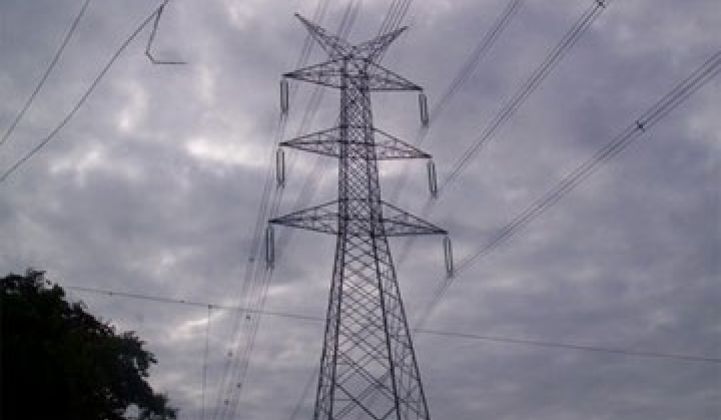Many energy investors and utility executives believe that gigawatt quantities of energy storage will be needed to handle the onrush of variable power from wind and solar technologies.
Maurice Gunderson, a partner at venture firm CMEA Capital, believes that grid-scale storage is one of the “game-changers” in the alternative energy battle. (Gunderson has been working in the energy industry for more than 30 years and co-founded the first greentech investing firm, nth Power.)
Utilities are accustomed to the consistent output and always-on availability of coal plants, natural gas plants and nuclear power plants. The problem is that solar power produces zero power at night and wind turbines tend to produce power only when the wind blows.
Solar power and wind energy, the great hopes of renewable energy, are unpredictable, variable and have steep ramp-up and ramp-down curves. In many cases, a wind turbine or solar resource requires having a hydrocarbon resource as back-up.
Energy storage advocates assert that utility-scale energy storage will turn “renewables into dispatchables” and allow utilities to dispense with natural gas-fired back-up.
But which energy storage technologies -- compressed air, pumped hydro, flywheels, thermal storage, ice-based thermal storage, flow batteries, hydrogen, fuel cells or the cookbook of battery chemistries -- will work, and who will pay to build them?
Read more on this topic in a joint effort by General Electric Ecomagination and Greentech Media, and join the discussion here.



